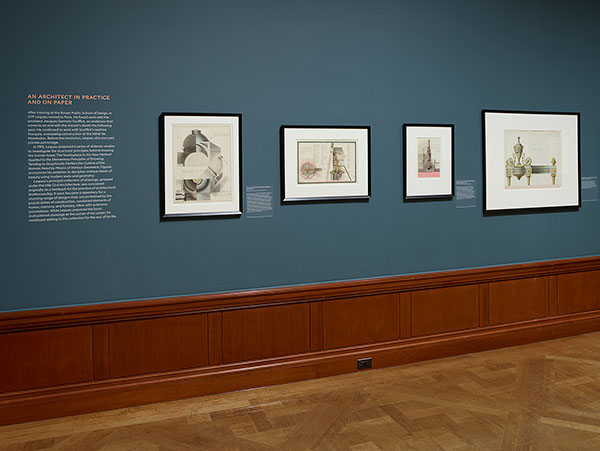After training at the Rouen Public School of Design, in 1779 Lequeu moved to Paris. He found work with the architect Jacques Germain Soufflot, an endeavor that came to an end with the master’s death the following year. He continued to work with Soufflot’s nephew François, overseeing construction at the Hôtel de Montholon. Before the revolution, Lequeu also pursued private patronage.
In 1792, Lequeu prepared a series of didactic studies to investigate the structural principles behind drawing the human head. The frontispiece to his New Method Applied to the Elementary Principles of Drawing, Tending to Graphically Perfect the Outline of the Human Head by Means of Various Geometric Figures announces his ambition to decipher antique ideals of beauty using modern tools and geometry.
Lequeu’s principal collection of drawings, grouped under the title Civil Architecture, was conceived originally as a textbook for the practice of architectural draftsmanship. It soon became a repository for a stunning range of designs that, unconstrained by the practicalities of construction, combined elements of humor, memory, and fantasy, often with extensive annotations. While Lequeu prepared the basic instructional drawings at the outset of his career, he continued adding to the collection for the rest of his life.

